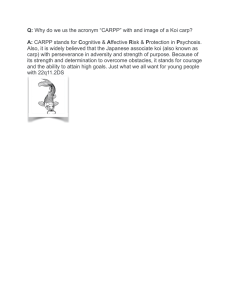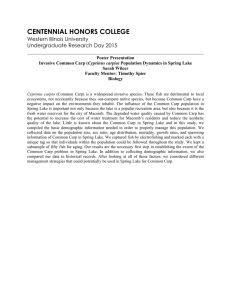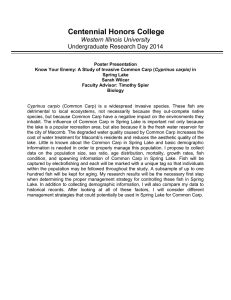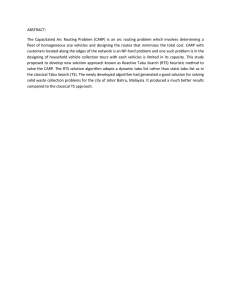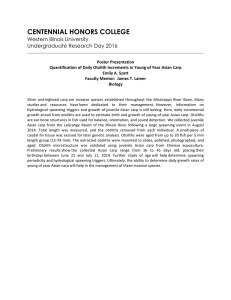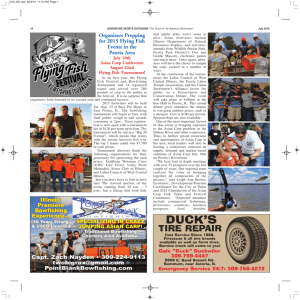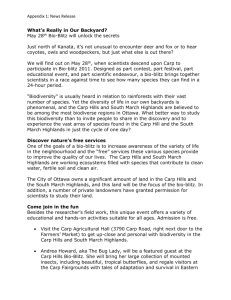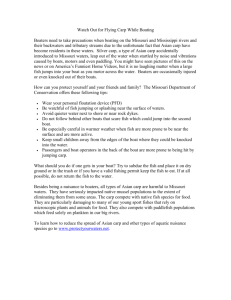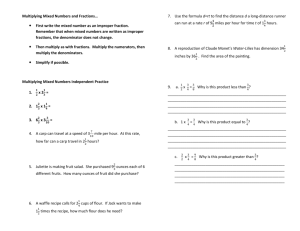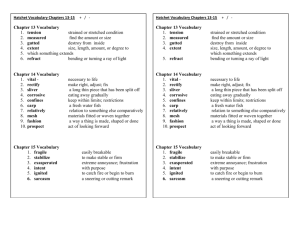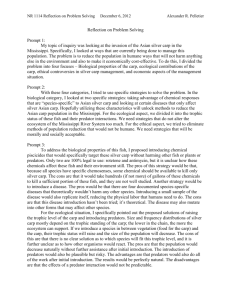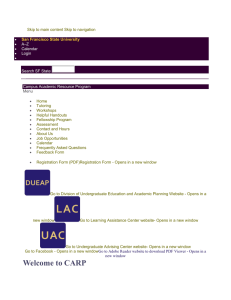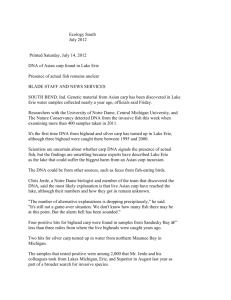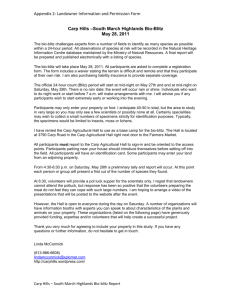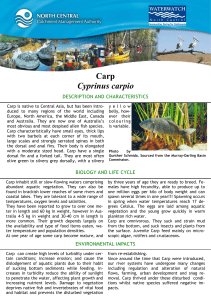Children`s Day
advertisement
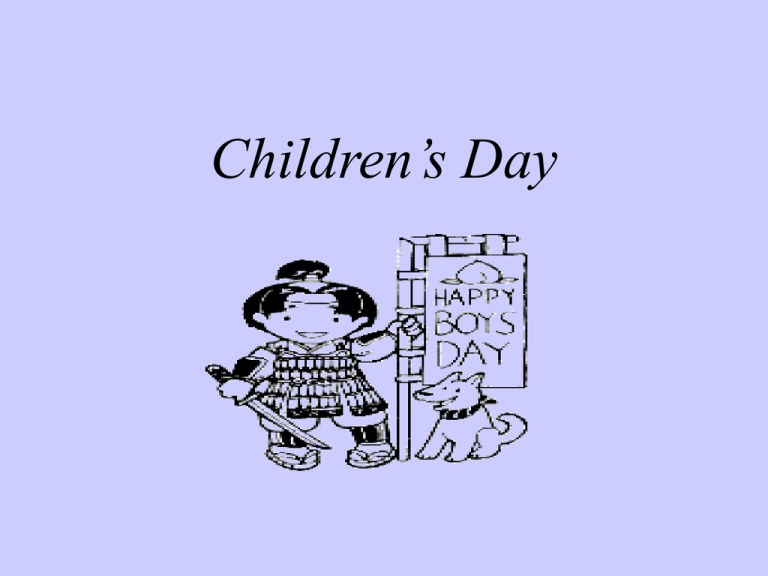
Children’s Day But I Thought It was Children’s Day ? • Every year on the 5th of May Children’s Day is celebrated in Japan. • Although it is suppose to be called Children’s Day, it is actually called Tangono-Sekku, or Boy’s Day. Koi-Nobori • Koi-Noibori are carp like streamers made of paper or cloth which fill with wind and seem to swim in the air • A carp is flown for each son in the family, a very large one for the eldest, and the others ranging down in size Streaming Koi-Nobori Why a Carp ? • The carp is used to represent Boy’s Day because in Japan it is considered the most spirited of fish, swimming up streams and cascades. • In Japan this strength and determination stands for courage and the ability to attain high goals. Beginnings of the Festival • No one knows for sure when the observation of Tango-no-Sekku began but some legends relate it back to a custom practiced by farmers in May. • In Japan, May is the time of year when insects appear and some farmers may have erected streaming banners, such as the carp, to scare away the insects. Or Did It Have Something to Do With the Samurai ? • Others trace the beginning of the festival to Japan’s victory over the Mongols on May 5, 1282. • As a result, many Samurai families erected flags and streamers in celebration of the victory. Shobu • The Japanese iris, Shobu, has always been closely associated with the Boys’ Festival. • The iris leaf is prominent in the observance of Tango-no-Sekku because the sound of the word Shobu, although written with different characters, implies striving for success. More Customs • Also, on Boy’s day, a display is arranged in the tokonoma, in the guest room of a Japanese house. • Among the decorations are a miniature helmet, suits of armor, a sword, a bow and arrow, and silk banners bearing the family crest. Example of a Typical Doll on Boy’s Day Sayonara
